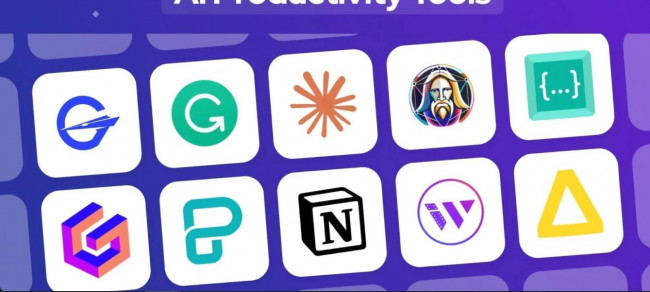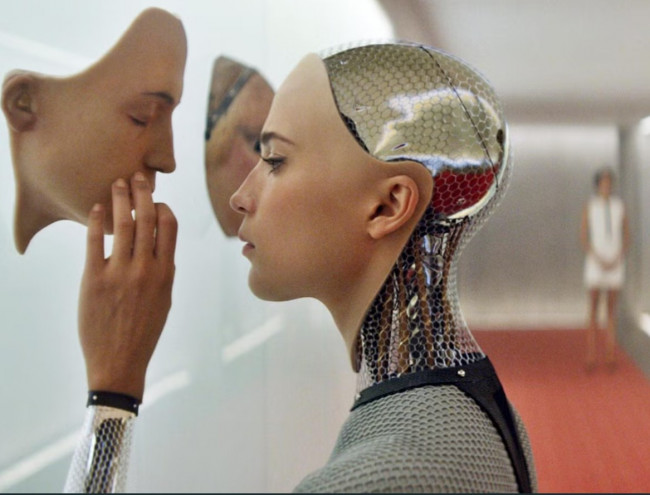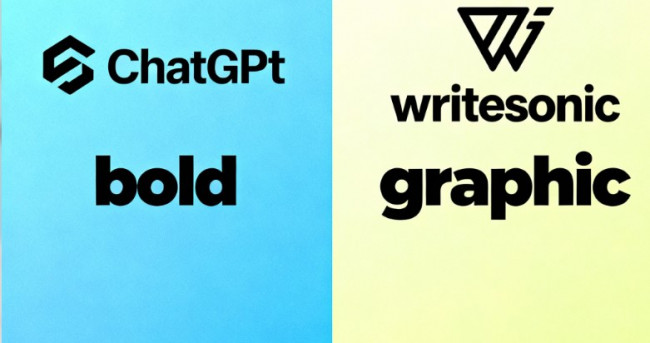If you’ve been using AI tools for writing, you’ve probably noticed how much smarter they’ve become over the last couple of years. Back in the early days, they were decent at grammar and sentence corrections, maybe some basic idea generation. But 2025 feels like a turning point. AI writing assistants are no longer just digital editors, they’re becoming actual creative partners.

One big shift we’re seeing is context awareness. These new systems don’t just look at the last few sentences you wrote, they understand tone, pacing, and even your unique writing personality. You can tell them, “make this sound like me,” and they’ll actually do it. It’s not just autocomplete anymore, it’s collaboration.
Another exciting change is multimodal support. Writing assistants now blend text with visuals, voice, and even video scripting. Imagine starting a blog post draft and having the AI automatically suggest matching visuals or short video intros. For content creators and digital storytellers, this kind of integration is a game-changer.
But it’s not all about speed. Many writers worry about losing the authenticity and personal touch that make words feel alive. The best AI tools now are built around solving this. Instead of replacing creativity, they enhance it. AI now helps writers explore ideas more deeply, restructure thoughts, and even understand how an audience might feel when reading their work.
Looking ahead, the future of AI writing assistants isn’t about replacing writers. It’s about empowering them. The relationship between human imagination and machine intelligence is becoming more balanced, a bit like having a creative co-writer who never runs out of energy or ideas.
It seems clear that writing will be faster, more collaborative, and more intuitive than ever. But the voice behind the words will still be your just amplified by a partner that finally understands what you’re trying to say.








Comments